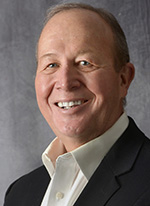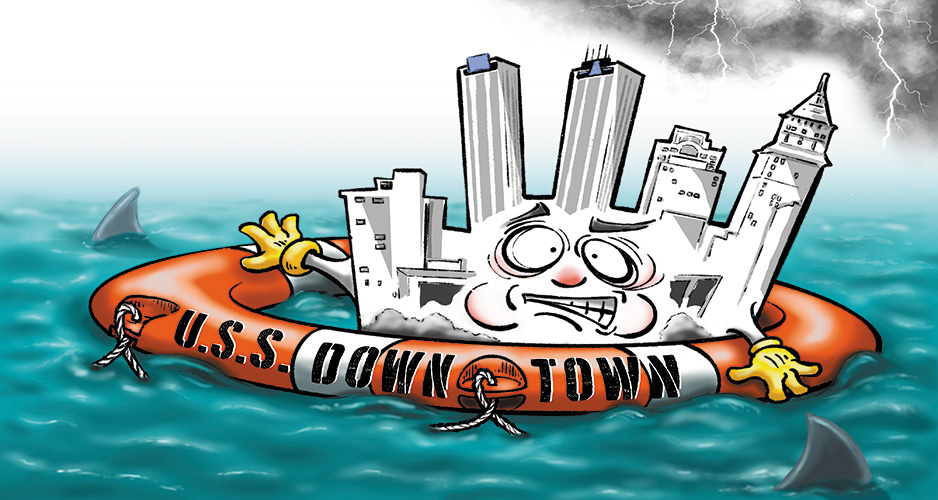
Welcome back to Peoria Magazine’s Econ Corner, a recurring feature in which we pose questions to experts about various economic issues and how they affect our lives and careers here in central Illinois.
Doing this month’s Q&A is Steve Raquel, clinical assistant professor of business administration at the Gies College of Business, University of Illinois Urbana-Champaign.
Peoria Magazine (PM): Even before COVID reduced the size of the workforces commuting into many of America’s downtowns, there was decline, as evidenced by rising building vacancies and crime rates, aging infrastructure and growing homeless populations. Retail has all but disappeared in downtowns in all but the largest of cities. Are America’s downtowns still economically viable?
Steve Raquel (SR): Yes. I believe if cities and towns reimagine how their downtowns can serve the updated needs of how people travel and shop, they can create a viable and vibrant downtown area.
However, in order to see long-term success, it may take years and a strong pro-business mindset as well as having to strategize how to market the downtown experience differently. People want to go to a downtown that not only takes care of their immediate needs but also has a great buzz they can be a part of.
PM: Can you give us some examples of mid-sized cities that have succeeded in turning around their downtowns after effectively bottoming out? Greenville, S.C. is one we sometimes hear about. What’s the blueprint for doing that? Is it possible without enormous public subsidy?
SR: Panama City, Florida is a mid-sized market that is slowly coming back to resurgence. A lot has to do with longtime homeowners who started to invest back into downtown, creating special business-friendly zones and imagining new uses and offerings. They also made it unique to Panama City by focusing on their history and not always looking to bring in name-brand companies to revitalize them.
My friend Allan Branch is one who is spearheading this effort by not only living downtown but also creating and encouraging new business like the History Class Brewing Company, which celebrates the history of Panama Beach. (Cite: historyclass.beer/?fbclid=IwAR1Xp68pRp-eGB7qmd5uF_EXwzGbhH_5g9GKYy-L9KDqBOSzY1OOSI_LXRs)
PM: Is retail dead in downtowns? If not, what kinds of things can be done to bring shoppers and pedestrians back to city centers, especially in the Midwest?
SR: Downtowns were traditionally the center of all activities for cities. However, with sprawl and the growing footprint of retail space, the downtown area physically couldn’t handle these stores. That pushed them to traditional malls and strip malls with adequate parking, which retrained people to look for their consumer needs away from the downtown area.
I have seen downtowns revitalize themselves within Illinois. One example is Naperville, which recently took over the #2 spot of retail revenue from Schaumburg.
Naperville’s robust downtown can be a blueprint for other towns.
- For many years, Naperville lacked downtown hotels, which kept shoppers from staying overnight and maximizing their shopping experience. Once they built a hotel, revenue shot through the roof.
- They have a strong Chamber of Commerce and City Council which is pro-business and works to help all members succeed.
- The downtown became very food-centric and food-diverse, which brought people downtown for more than shopping. The food scene is one of the biggest reasons that non-Naperville people come downtown. Recently, Gordon Ramsay announced that he would be bringing a new restaurant to Naperville.
Downtowns that have revived seem to have reimagined the concept of the “third place” with new experiences that combine home and work in a public setting. They strategically provide diverse food options with retail options and allow remote and collective work to be done nearby. This combination allows consumers to visit because the downtown can meet one or all of their needs in one place versus going to multiple locations. Need to get some shoes, but when you arrive, feel like sushi? Now it can be a walk instead of a drive, and you are giving back to your community, as well.





